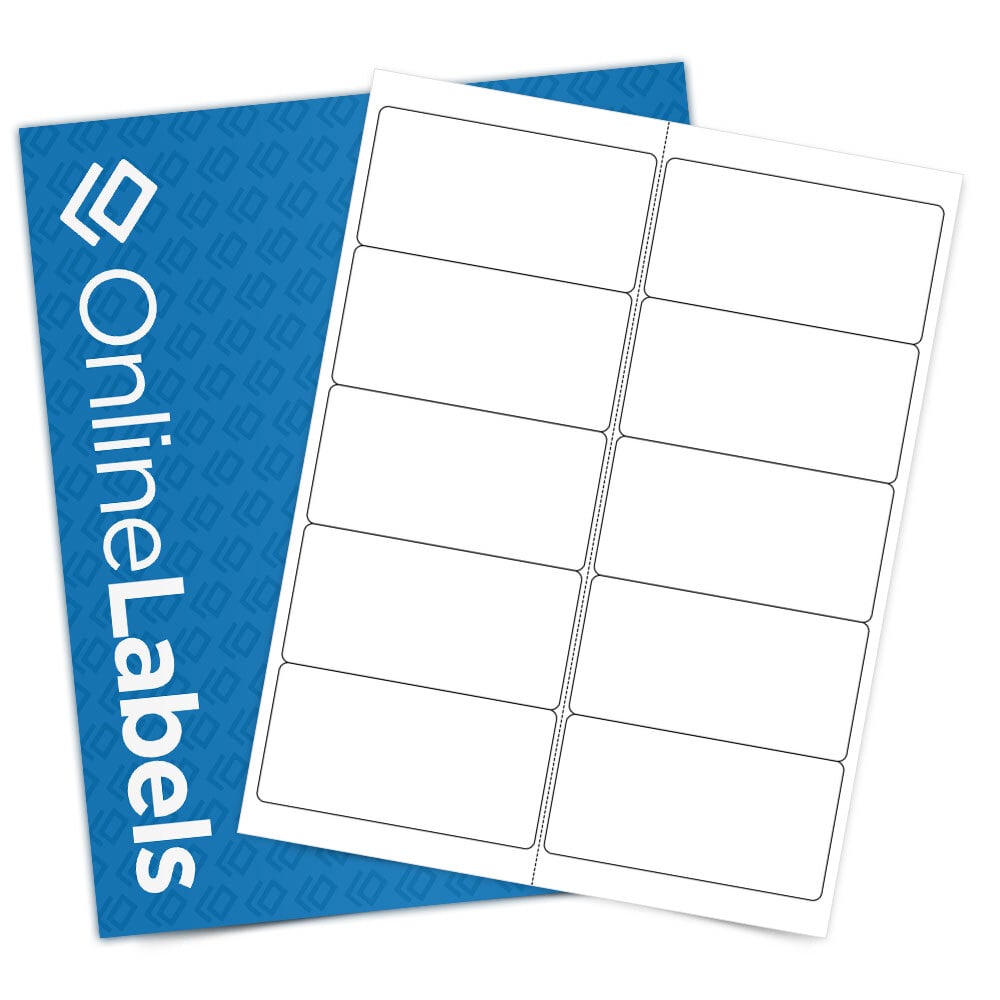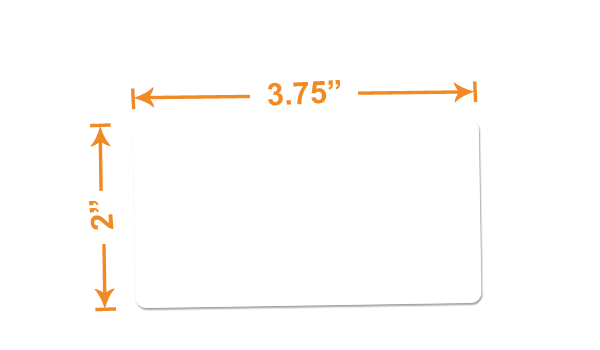Recognizing Just How Blank Labels Job to Boost Your Labeling Experience
Comprehending the mechanics of blank labels is necessary for maximizing your labeling practices across various contexts. To fully understand exactly how these labels can change your procedures, one should take into consideration the different types available and the myriad ways they can be customized to match details requirements.

Benefits of Making Use Of Blank Labels
Blank labels provide a versatile service for different identifying requirements, making them indispensable in both individual and expert setups. Their flexibility permits users to develop customized labels customized to specific requirements, boosting organizational efficiency. Whether utilized in home workplaces, retail environments, or industrial applications, blank labels promote the recognition and categorization of items, documents, and personal things.
One considerable benefit of blank labels is their cost-effectiveness. By permitting individuals to publish just the labels they require, waste is lessened, and stock monitoring becomes much more workable. Furthermore, blank labels work with numerous printing approaches, including inkjet and laser printers, making them available for different users.

Additionally, making use of blank labels streamlines the process of updating details, as users can easily publish brand-new labels to change obsolete ones, guaranteeing that all items and documents are precisely classified. In general, blank labels supply a practical and efficient labeling service for varied applications.
Kinds Of Blank Labels Available
What options are readily available when it involves blank labels? Blank labels come in a range of kinds, each matched for different applications and choices. The most typical kinds consist of paper labels, which are functional and cost-effective, making them perfect for daily usage. They are readily available in numerous finishes, such as matte and glossy, enabling aesthetic versatility.
An additional preferred option is synthetic labels, frequently made from materials like polyester or vinyl. These labels are recognized for their resilience and resistance to water, chemicals, and tearing, making them suitable for harsh environments. They are typically used in industrial settings or for labeling items that might be subjected to wetness.
Additionally, there are thermal transfer labels, which need a printer that uses warmth to transfer ink onto the label surface. These labels are favored for their top quality print and long life.
Lastly, specialty labels provide to details demands, such as detachable labels for momentary use or high-temperature labels for extreme problems. Comprehending these options permits users to select one of the most proper blank tag for their one-of-a-kind labeling needs.
Modification Options for Labels
A vast variety of modification alternatives is offered for labels, allowing customers to tailor them to specific demands and branding demands. Users can pick from different sizes, forms, and materials to ensure that the labels properly fit their designated purpose. Usual products include paper, polyester, and plastic, each providing different degrees of sturdiness and aesthetic appeal.
Shade choices play a critical duty in modification, allowing brand names to preserve uniformity with their corporate identification. Users can select from a spectrum of shades or perhaps decide for customized printing to match details branding elements. In addition, labels can be printed with special designs, logos, and message, enhancing brand acknowledgment and visual effect.
An additional essential facet is the choice of adhesive. Labels can be developed with irreversible, removable, or repositionable adhesives, depending upon the application needs. This flexibility permits reliable labeling solutions across numerous environments, from retail to industrial settings.

Tips for Effective Labeling
Effective labeling goes beyond personalization; it likewise involves tactical considerations that enhance performance and communication. To achieve effective labeling, start by plainly defining the objective of each tag.
Next, prioritize visibility by selecting ideal shades and typefaces. High comparison between text and history improves readability, while larger fonts facilitate fast identification. Furthermore, make certain that labels are positioned in a consistent and sensible manner, making it much easier for individuals to find and interpret info.
Consider the toughness of labels. Choose products suited for the details atmosphere where the labels will certainly be used, whether it be inside or outdoors. Water resistant or tear-resistant options may be essential depending upon the context.
Lastly, consistently review and update your labels to reflect any type of changes in details or usage. This positive approach not only preserves quality but likewise avoids confusion with time. By pop over here following these ideas, you can redirected here make the most of the performance of your labeling efforts, ensuring they offer their desired purpose effectively.
Applications of Blank Labels
Blank labels provide various applications across different markets, making them a vital device for organization and communication. These flexible labels are frequently utilized in storehouses for stock administration, allowing businesses to easily recognize and track items. By using blank labels to storage bins, racks, or pallets, firms can enhance their procedures and minimize the chance of mistakes.
In the health care sector, blank labels play a vital role in labeling drugs and clinical materials, guaranteeing proper recognition and use. Adjustable labels can consist of crucial details such as dosage, expiry days, and person information, improving safety and compliance.
In retail, blank labels aid in pricing items, offering promotions, or classifying shelf locations, which inevitably enhances the consumer experience. They enable for quick updates to prices or product info without the need for pre-printed labels.
In addition, blank labels are valuable for personal usage, such as organizing home workplaces, crafting, or labeling food containers. Their flexibility allows people to create customized solutions that satisfy specific requirements. Overall, the applications of blank labels are substantial, underscoring their value in cultivating effectiveness and quality in different setups.
Conclusion
To conclude, blank labels offer other a flexible and reliable solution for different classifying needs. Their versatility in dimension, form, and material enables customized applications throughout different atmospheres. By leveraging modification alternatives and effective labeling methods, companies can enhance clarity and communication (Blank Labels). Inevitably, the integration of blank labels into operational processes adds to boosted performance, making them an indispensable source for both individual and specialist usage.
Comments on “Use Blank Labels for professional packaging.”